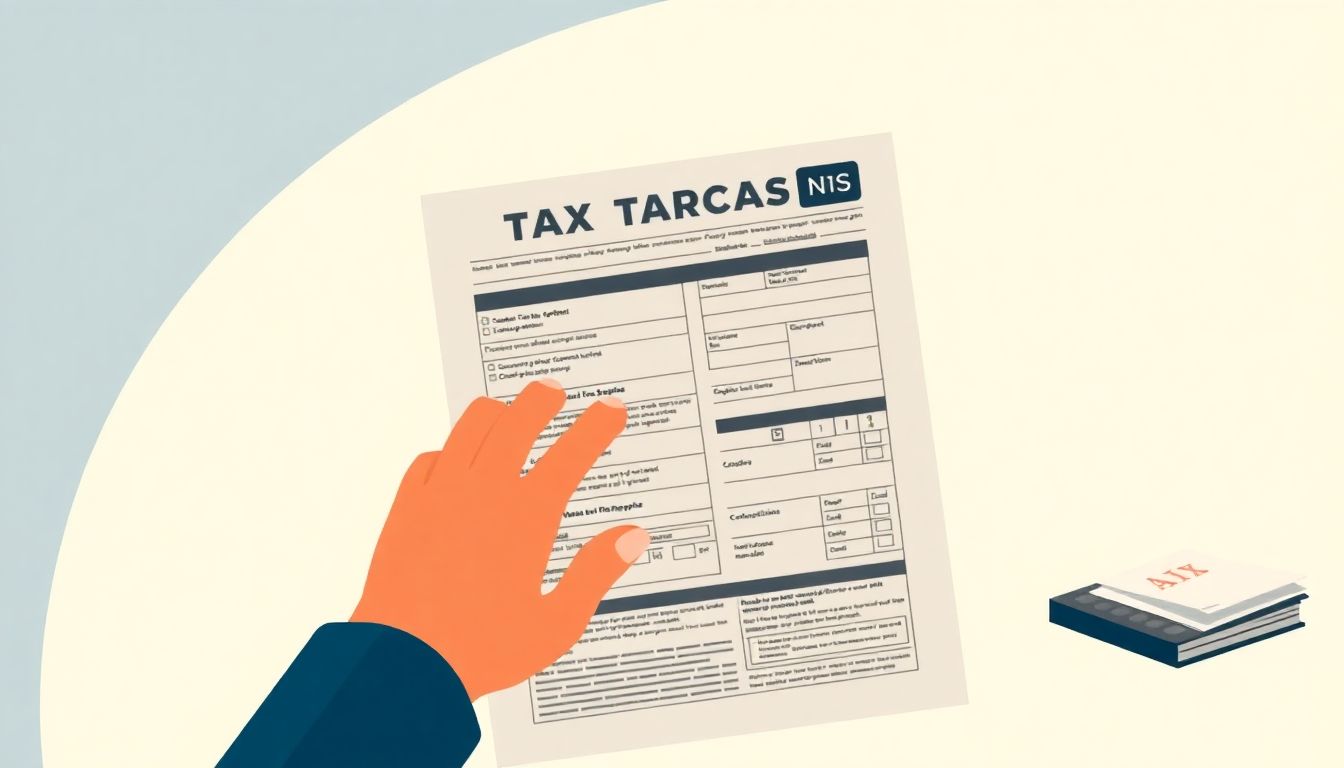What is Tax Filing? A Comprehensive Guide for Individuals and Businesses
Tax season can feel overwhelming, especially when you realize that nearly 70% of Americans file their taxes late each year. The stress surrounding tax filing is a common experience, but understanding the process can make it manageable. Tax filing is crucial not only because it’s a legal requirement but also because it affects your financial health. By effectively reporting your income and paying taxes to the government, you ensure compliance while positioning yourself for potential refunds.
Understanding Your Tax Obligations
Taxable Income
Taxable income refers to the portion of your income that is subject to taxation. This includes:
- Wages and salaries
- Interest from savings accounts
- Dividends from investments
Conversely, certain types of income are not subject to taxation, such as:
- Inheritances
- Gifts below a certain limit
- Child support payments
In the United States, the average taxable income was approximately $60,000 in 2022.
Tax Brackets and Rates
Tax brackets determine how much tax you owe based on your income level. Here’s a simple table summarizing the federal tax brackets for 2023:
| Income Bracket | Tax Rate |
|---|---|
| $0 – $11,000 | 10% |
| $11,001 – $44,725 | 12% |
| $44,726 – $95,375 | 22% |
| $95,376 – $182,100 | 24% |
For instance, if someone earns $50,000, they fall into the 22% tax bracket, but only the income over $44,725 is taxed at that rate.
Deductions and Credits
Deductions reduce your taxable income, while credits directly lower your tax bill. Common deductions include:
- Charitable donations
- Mortgage interest payments
- Medical expenses
Tax experts emphasize the importance of claiming deductions and credits to minimize tax liability. Always consult IRS guidelines for the latest deductions applicable to your situation.
Choosing the Right Filing Method
Filing Statuses
Your filing status affects your tax liability. Common statuses include:
- Single
- Married Filing Jointly
- Head of Household
Choosing the right status can save you money. For example, a married couple filing jointly might benefit from lower rates compared to filing separately.
| Filing Status | Who It Applies To |
|---|---|
| Single | Unmarried individuals |
| Married Filing Jointly | Couples filing together |
| Head of Household | Single parents providing more than half the household costs |
Paper vs. Electronic Filing
Each method has its pros and cons. Here’s a quick comparison:
- Electronic Filing:
- Faster processing
- Fewer errors
- Over 95% of filers in recent years chose electronic filing, according to IRS data
- Paper Filing:
- Slower processing
- More prone to errors
Given the ease and speed, electronic filing is recommended for most taxpayers.
Using Tax Software or Hiring a Professional
Tax software like TurboTax or H&R Block can simplify the process for many filers. They offer:
- User-friendly interfaces
- Automatic calculations
- Access to helpful resources
However, if you face a complex financial situation, hiring a tax professional could be wise. A tax expert once noted, “The right help can make a significant difference in maximizing your refund or minimizing your liability.”
Gathering Necessary Documents
W-2 Forms
W-2 forms are essential for employees and show how much you earned and paid in taxes. They include:
- Employer details
- Employee earnings
- Taxes withheld
Visualize a W-2 showing boxes filled with these key details to understand its importance.
1099 Forms
For freelancers or independent contractors, 1099 forms report income earned from sources outside of traditional employment. They also contain:
- Payer information
- Total earnings received
Again, a visual representation of a 1099 can clarify what details to focus on.
Other Relevant Documents
Additional documents necessary for filing may include:
- Receipts for tax-deductible expenses
- Investment statements
- Records of any other income
Organizing these documents early can save time and reduce stress. The IRS emphasizes keeping well-organized records.
Common Tax Filing Mistakes to Avoid
Mathematical Errors
Accuracy is paramount when filing taxes. Double-checking calculations can avoid expensive mistakes. Minor errors can lead to delays and penalties.
Missing Information
Incomplete information can result in rejected returns. In fact, nearly 20% of returns are rejected due to missing data. It’s crucial to review your return carefully before submitting.
Failing to File on Time
Late filings incur penalties, which can add up quickly. It is critical to know the deadline and submit your taxes on or before that date. Always consult IRS resources for specific deadlines.
Understanding Your Tax Refund or Balance Due
Refund vs. Balance Due
A tax refund occurs when you’ve paid more tax than owed, while a balance due indicates you owe additional taxes. In 2023, the average tax refund was around $2,800.
Tracking Your Refund
You can monitor your refund status conveniently. The IRS provides tools on their website for tracking refunds. If you face delays, reach out to the IRS directly.
Payment Options
If you owe taxes, various payment options are available:
- Electronic payments
- Checks
- Payment plans
Timely payments are essential to avoid penalties. Refer to IRS guidance for specific deadlines and options.
Conclusion
Tax filing involves many steps, from understanding your obligations to choosing the right filing method. Accurate and timely filing is paramount for positive financial health. For further resources, don’t hesitate to consult IRS guidelines or seek professional assistance. Embrace the process with confidence!


